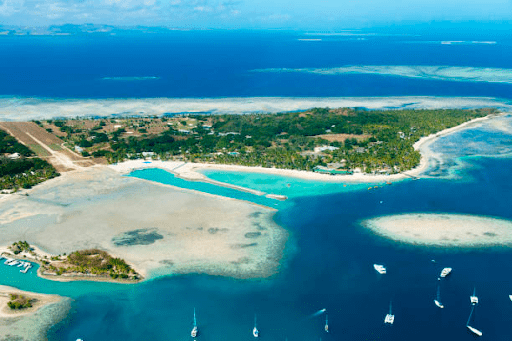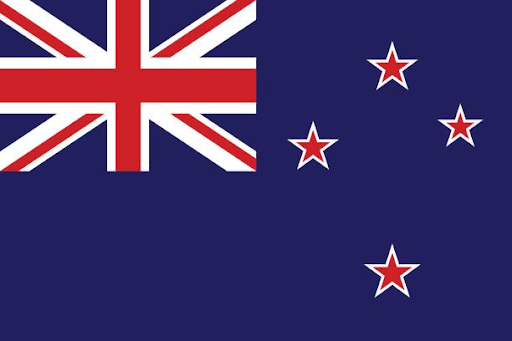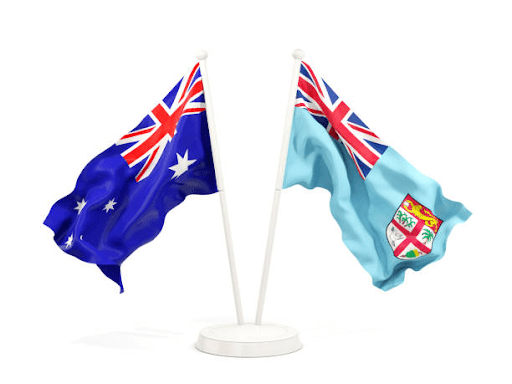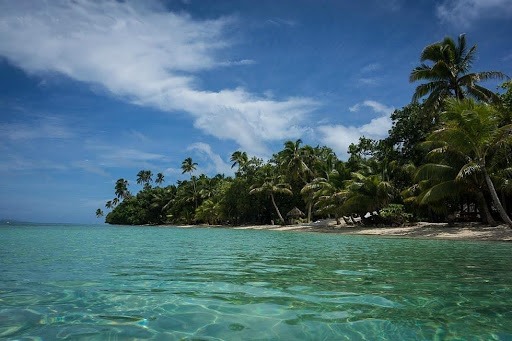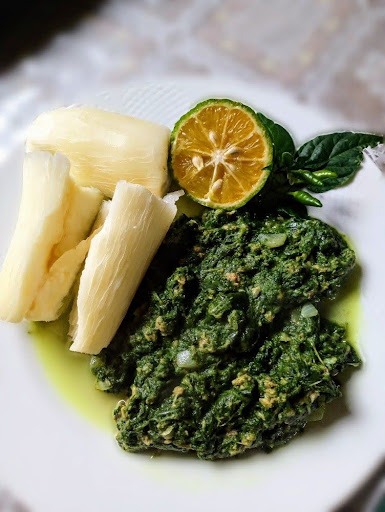Nausori: Fiji’s delta town
Nausori town is located about 20 kilometres northeast of Suva and is a town that is rich in its history and traditions. It is of geo-political importance and is known as the town of three provinces as it serves the provinces of Rewa, Naitasiri and Tailevu. This article may cater to adventurers, history enthusiasts, or anyone trying to get a better grasp of Fiji’s geography.
Delta town’s brief history
Nausori is perhaps as old as Fiji’s capital, Suva, gaining economic importance around the late 1800’s. The lower Rewa plains had been flourishing with cotton plantations in the 1860’s before the industry collapsed. There were initial thoughts of bringing labourers in to boost the industry. But Sugar cane had already been familiar among natives and was thought to be a better alternative among colonial officials. The early colonial government established the cane industry and its first CSR Sugar mill in Nausori in 1881.
Due to the preservation of the indigenous way of life, the Colonial Sugar Refining (CSR) company also brought in its own workers under the indentured system. The first batch of indentured labourers, who sailed all the way from India, arrived on the Leonidas ship in 1879 and settled in Nausori. A small community of Indians settled and grew around this area.
In 1902, with the help of the Methodist Indian Mission, John Wear Burton, a missionary statesman, activist and later general secretary of the Methodist Overseas Mission in Australia, established an orphanage and home for young Indian girls, directly across the river, from the sugar mill. The home is named Dilkusha, which means ‘delightful’ or ‘happy heart’ in Urdu. The home later expanded to include two primary schools, a girls’ and boys’ school and a secondary school that still operates today.
In 1884, the HMS Syria capsized on Nasilai reef; out of 497 immigrants, 56 immigrants drowned, and of 43 lascars (Indian seamen), 3 drowned. A monument was erected at the end of the old Rewa bridge (town side), and the ground underneath the old bridge was named ‘Syria Park’.
Nausori municipality
According to the Nausori Town Council website, the area formally became a town in 1931, under the possible premise of its prosperous sugar industry.
The majestic size of the Rewa river embraced boats, ferries and bilibili’s (bamboo rafts), transporting people, crops and sugar cane across the river. The need for a bridge was initiated and constructed around the 1900’s and was completed in the year 1934.
Owing to the wet climate and vulnerability to flooding, the CSR closed its sugar mill in 1959 and moved to the west of Viti Levu and north to Vanua Levu, where the weather was more promising for the cane industry and has remained there ever since. After this, the town moved its prospect to rice farming, and the CSR sugar mill was modified to process and package rice instead.
An airport is located about 6 kilometres out of town, to the east. Built in the 1930’s, it was initially intended to be a fighter strip, aiding in the capital’s defence during World War II, if ever the Japanese were to encroach further south into the Pacific.
Methodist Missionary Institute
The Davuilevu Methodist Institute is located right next to Dilkusha and covers an extensive area containing Lelean Memorial School, Methodist lay-training centre and the Davuilevu theological college.
The Methodist Institute prior to Davuilevu, was stationed at Navuloa as per Cakobau’s request, close to Buretu village in Tailevu. Missionaries had always planned to set up school in Davuilevu right after Lakeba, which had been the Rev. Thomas Bakers residence, but relocation occurred much later in 1907.
Nausori today
Nausori today has grown to include the wards of Nakasi/Naulu and Wainibuku/Davuilevu housing, further expanding across the river and bordering the Nasinu municipality. The town is visible in two sections, the old and new establishments. Situated closer to the river are remnants of old Nausori, from the Syria monument, the old Nausori market, old bus terminal to the pioneering retailers lined up along the main street. Newer establishments and ongoing developments busily consume the scene at the back of the town, on Verrier street, with the new bus terminal, market and shops located on it.
The new Rewa bridge is less sophisticated than the old structure but quite sturdy for today’s ever-changing weather. Spanning over 425 metres, the new bridge was a partnership project between the European Union and the Fiji Government; and was constructed by New Zealand company Fletcher Construction in 2003. Its construction took about 4 years and was opened in August of 2006.
The new bridge remains the longest in Fiji and South Pacific, covering the nation’s widest river. It also remains the longest, with the river source up in the highlands at Tomanivi and its mouth disbanding at Laucala bay. It is equipped with spacious dual lanes and railings that protect pedestrian walkways.
The new Nausori market and bus stand were officially opened in 2015 and had more generous space with about 1600 permanent stalls within its vicinity.
Additional tips for visitors
Truthfully, Nausori isn’t a ‘touristy’ town, but it is a gateway to other wonderful sites of waterfalls in Wainibuka, a district in Tailevu, Naitasiri and historical sites in Bau. If you need to grab some supplies before heading out to these breathtaking scenes, then Nausori is the town for you.
There are also accommodations available around the town area. There are Nausori Airport Hotel and Siri’s Hotel at a 3-star rating, and Guddy’s Riverside cottage at a 4-star rating. The Colo-i-Suva Raintree Lodge is also a convenient accommodation located about 13 kilometres out of Nausori on Princess road.
Nausori can be said to still be in transition, with some parts of the town distinguishable from its old colonial roots while the rest have been recently developed. It is also considered to be a quaint sleepy town, retaining not much but the economic glory of its colonial past.



